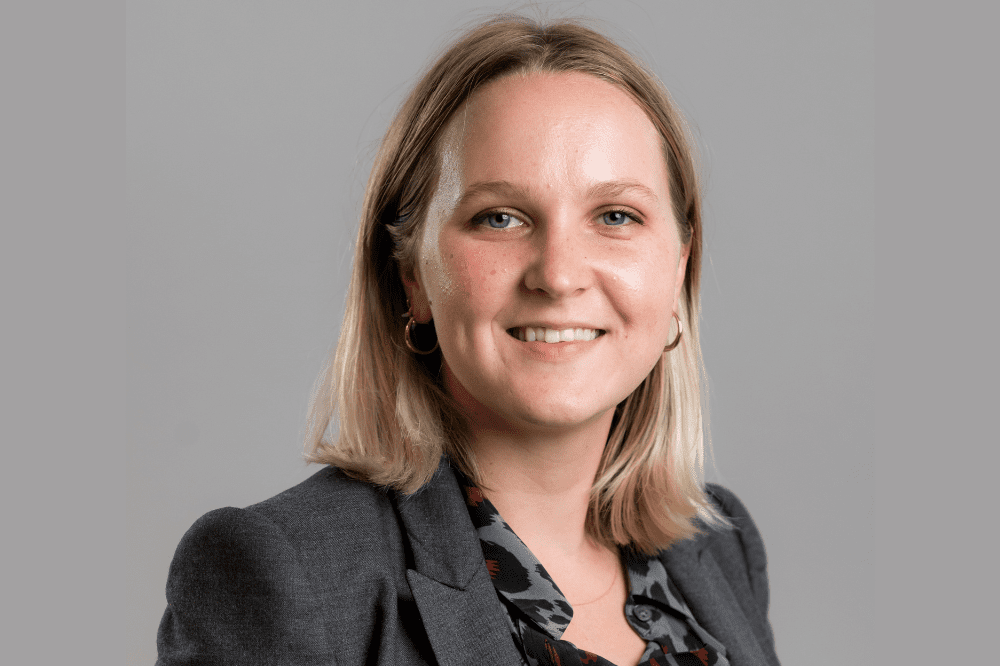How will AI impact the bottom line?

How will AI impact the bottom line? | Insurance Business Australia
Reinsurance
How will AI impact the bottom line?
Reinsurer’s analytics head talks about its impact
Reinsurance
By
Emily Douglas
As Artificial Intelligence (AI) continues to dominate the reinsurance space, employers are scrambling to understand how technological advancements will impact their bottom line.
According to research from Precedence, the global AI insurance market was estimated to be worth $4.59 billion in 2022 – and expecting to grow to $79.86 billion in 2032. From customer-facing chatbots to risk analysis platforms, the impact of these new technologies is only growing with time. But AI isn’t just changing client expectations of insurers, it’s also revolutionizing major internal practices.
“I see [AI and technology] affecting us in two main ways,” said Katie Rudd (pictured), senior vice president and head of UK analytics at Acrisure Re. “The first one is going to be driven by our clients and how our clients are innovating in terms of new products, investing in technology and adopting third party models. We’re seeing a big drive towards [clients] making more of an investment in capturing and leveraging the data that they already have. So, bringing together underwriting systems and claim systems – getting those infrastructures in place.”
The second element Rudd mentioned is the internal advancements within Acrisure Re’s analytics team, spearheaded in London by Rudd as part of the Global Analytics Council – which reflect a broader industry trend towards enhanced analytical capabilities. Moving from traditional tools like Excel to more advanced programming languages signifies a commitment to staying at the forefront of analytical techniques.

“Everyone’s quite excited about technology and how we can use that,” Rudd said. “[It’s about] helping us to bring technology into our daily workflow to improve our ways of working. Our parent company Acrisure recognizes the importance of AI in the re/insurance sector and, since 2018, has invested heavily in acquiring AI-focused platforms and companies.”
Rudd’s leadership is part of the restructuring of the analytics management team at Acrisure Re. This strategic shift from a centralized global chief actuary model to a more decentralized, regional leadership approach, known as the Global Analytics Council has brought significant improvements.
“It’s allowed us also to, as leaders in our individual areas, connect people in our teams with each other and make sure that they’re also having an open dialogue,” she told Re-IB. “Strategically it just makes sense to take a look at your structures and make sure that those are aligned with the way that you want to do business. Everything can be really positive if you have those working for you.”
Balancing the technical and strategic aspects of analytics is a hallmark of Rudd’s role. The close alignment between the analytics and broking teams enables meaningful conversations that blend technical expertise with a client-focused approach.
“The fact that we’re so aligned between the two teams means that everyone on the analytics side has a very good understanding of the broking,” she said. “And equally, the brokers are very technically skilled. We can have very meaningful conversations between the two groups – the organization helps us balance our technical perspective with their client focus.”
This ‘team effort’ is something that Rudd is understandably proud of at Acrisure Re – and it’s something she, alongside the Global Analytics leadership, facilitates with regular global gatherings for all analytics employees.
“That’s something that we find really valuable,” Rudd said. “Getting that face time together is priceless. We all come together for a couple of days and it’s a time to share what you’ve been working on and discuss any kind of new techniques you’re hearing about in the market. We’re able to put some time aside to talk about model developments that we want to make and then set up the team to do that.
“[It’s about] making sure we have some time to knowledge share and then some time to get actionable takeaways from the meeting to ensure we’re all continuously pulling in the right direction. Best practices are being set across the across the team – so everyone’s aware of what the strategy is and is energized to work together going forward.”
Keep up with the latest news and events
Join our mailing list, it’s free!






